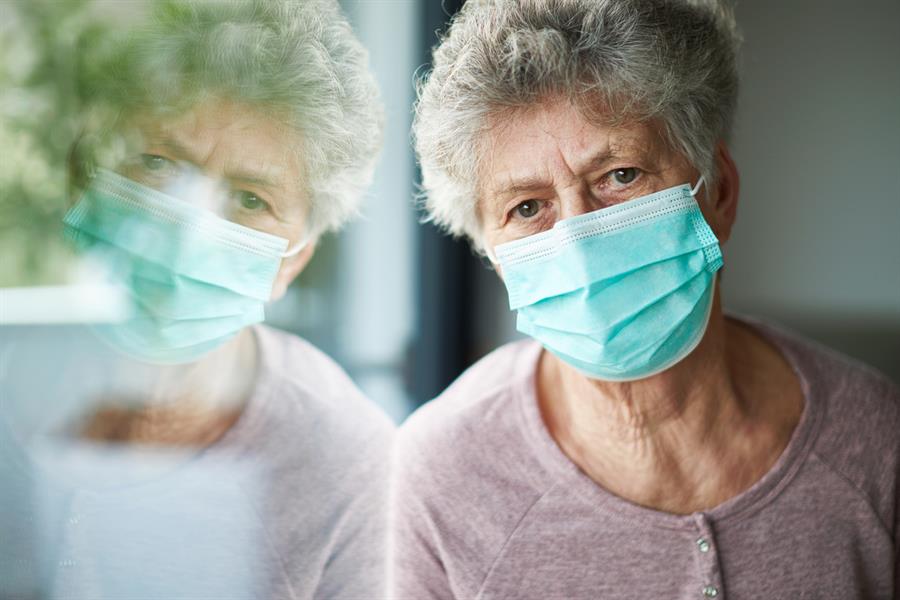Crises often bring out the best in us, but it can also bring out the worst. Since the beginning of the COVID-19 pandemic, we have seen surges of solidarity at the local and community level, people trying to break the wall of isolation using virtual means, as well as collective efforts aimed at respecting the complex and restrictive public health measures.
But pandemics, like the one we are experiencing, are also fertile ground for social stigma.(1) When it comes to health, social stigma refers to the negative association between a group of people who share certain characteristics and a specific disease. This means that people are labelled, stereotyped, discriminated against, and treated unfairly because of a perceived connection to the disease.(2)
The current COVID-19 pandemic has caused such stigma towards various groups, including people of Asian descent (several individuals and public figures tried to blame them for the COVID-19 pandemic); people in close contact with the virus (such as healthcare workers in long-term care facilities that have been severely affected by the pandemic); but also older adults.(1; 2; 3)
The World Health Organization and many researchers have expressed concerns about a strong trend towards stigmatization of older adults and intergenerational divisions since the beginning of the pandemic. Whether in the press, social media and public discourses, older adults are often portrayed as vulnerable, frail, helpless and unable to contribute to society.(2; 3; 4)
What contributes to social stigma
Several factors may have contributed to fueling social stigma during the COVID-19 pandemic. It is a new disease for which there are still many unknowns. People are often afraid of the unknown and it is easy to associate such fear with “the others.”(2) More factors could also fuel the stigmatization of older adults, notably ageism already common in our societies, the use of arbitrary age cut-offs by public health authorities (for example, recommending that all people aged 70 and over stay confined) (3), and the fact that several outbreaks took place in long-term care facilities. In addition, government responses to the pandemic have greatly affected the lives of many people (from school and business closures, to massive job losses). This may have fueled intergenerational divides and prompted many to question certain public health measures affecting the entire population (rather than strictly targeting older adults).
What is the impact of social stigma
Social stigma can have dire consequences, especially during pandemics. It can undermine social cohesion and cause possible isolation of certain groups. This can lead to more serious health problems and difficulty in controlling pandemics. It can lead people to hide that they are infected with the virus to avoid being discriminated against, prevent them from seeking care when in need, or discourage them from adopting healthy behaviours.(2; 3)
Fighting social stigma
You can do your part to fight social stigma during the COVID-19 pandemic.
- Be aware of the weight of words: Avoid using terms that fuel stereotypes and that suggest that older adults are all fragile and vulnerable.(2)
- Spread the facts: Misinformation about how the virus is transmitted and treated, or about the effectiveness of public health measures, can reinforce social stigma. Make sure to share trustworthy and evidence-informed information with your friends and family.(2; 4)
- Remind people about the importance of social cohesion: A lack of social cohesion can seriously undermine the effectiveness of public health measures to respond to the pandemic. Our ability to weather these hard economic and social times depends on our capacity to stick together.(2; 4)
- Encourage intergenerational solidarity: Share stories that humanize the experiences and struggles of people of all ages affected by the pandemic, and emphasize the need to support one another.(1; 2; 4)
Together, we can fight the pandemic and become stronger, united communities.






